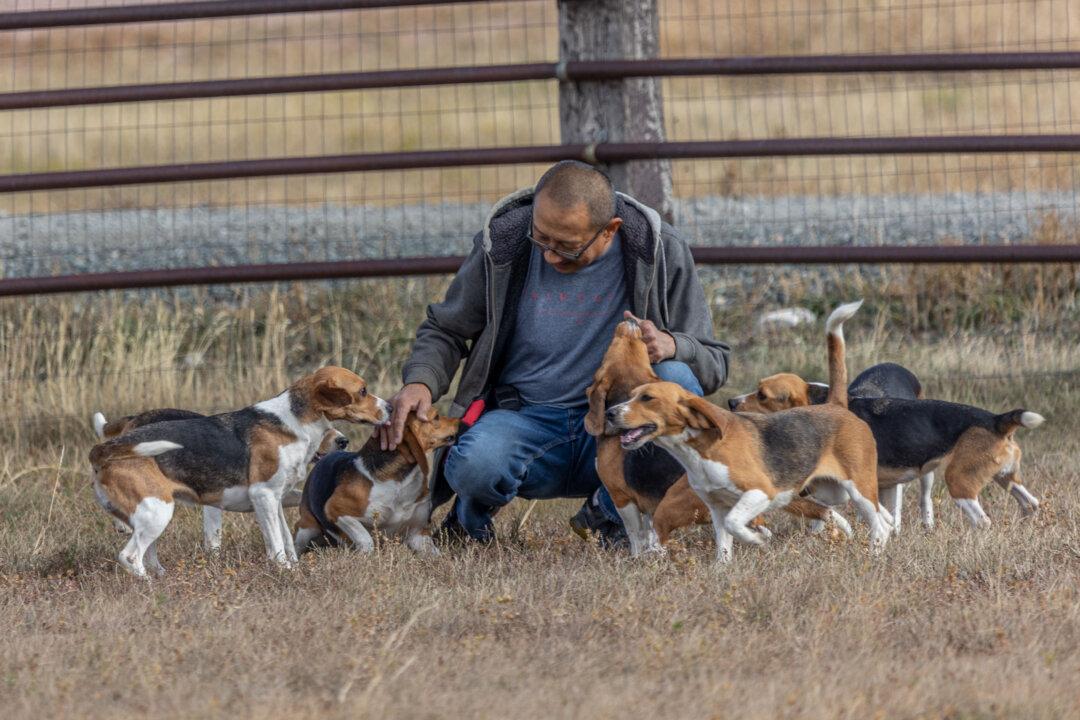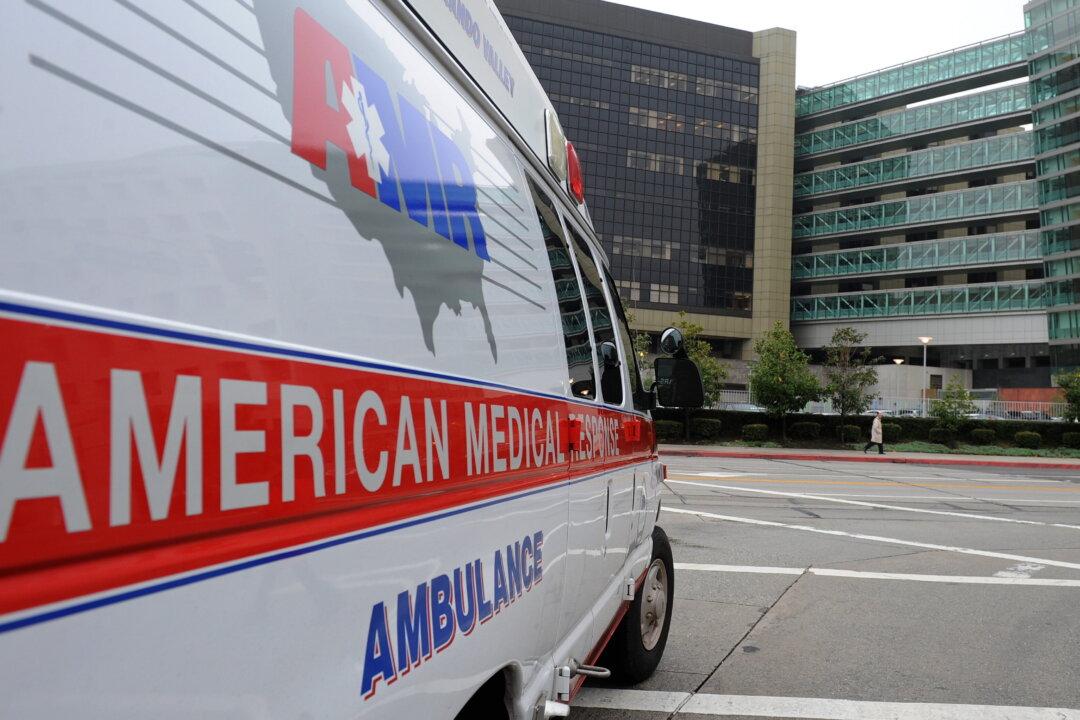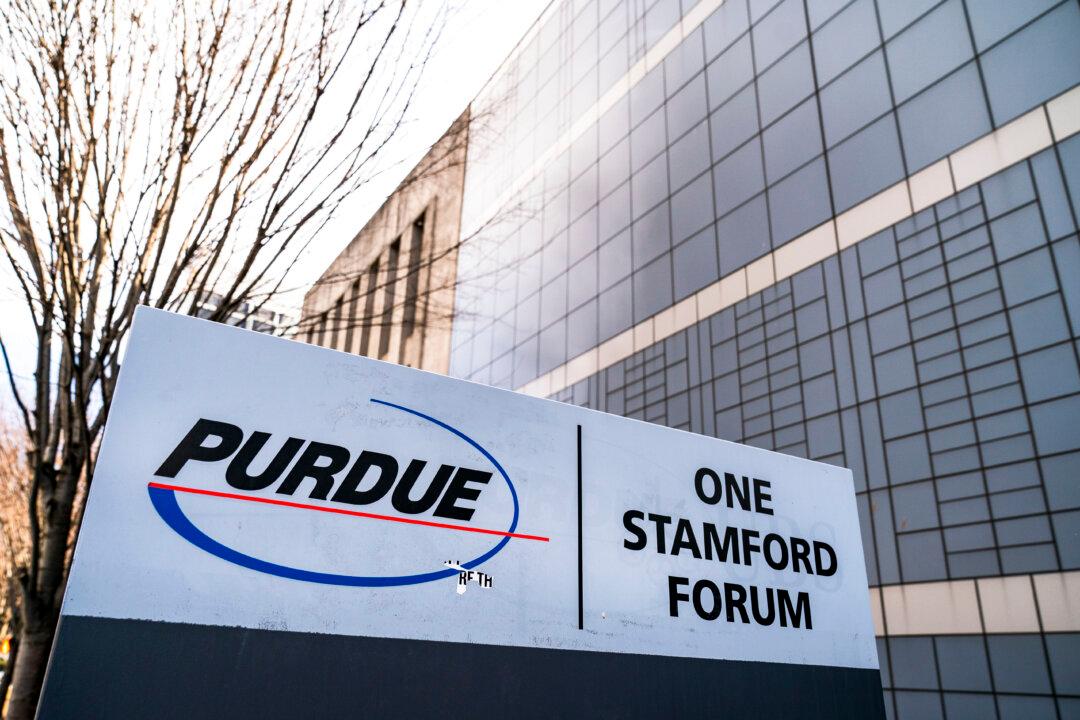After a life of confinement and torturous experimentation, most laboratory animals, such as the beagles within the National Institute of Infectious Diseases (NIAID), are euthanized, however, some rescue organizations have stepped in to show them a life outside of a cage.
If the dogs are fortunate enough to be rescued, they experience a rebirth into a kinder and more spacious world the dogs greet with distrust.





